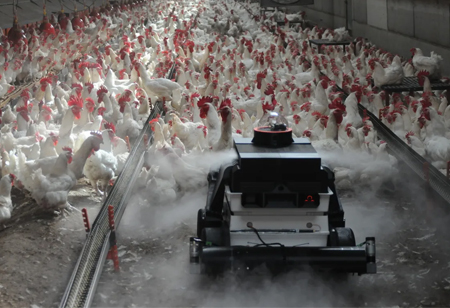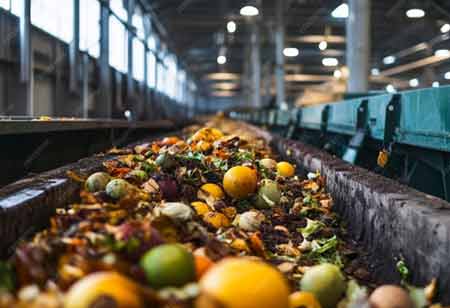THANK YOU FOR SUBSCRIBING
Be first to read the latest tech news, Industry Leader's Insights, and CIO interviews of medium and large enterprises exclusively from Food and Beverage Tech Review
How is Technology Taking the Meat Industry to New Horizons
Food giants are looking into ways to integrate more automation as they streamline their plants. One poultry titan of the meat industry has swiftly increased its investments in mechanization.

By
Food and Beverages Tech Review | Tuesday, November 17, 2020
Stay ahead of the industry with exclusive feature stories on the top companies, expert insights and the latest news delivered straight to your inbox. Subscribe today.
Food giants are looking into ways to integrate more automation as they streamline their plants. One poultry titan of the meat industry has swiftly increased its investments in mechanization.
FREMONT, CA: These days, the prime reason businesses adopt new technologies is to improve competence. All credits to modern disruptive technology tools, the food industry is thriving. While the meat production sector was a slow adopter, firms in the industry are currently seeking to alter themselves digitally through improved data collection and more control over their machinery.
Yet, now, when production rates have deteriorated due to the coronavirus outbreak, most enterprises have either closed plants or are operating with a compact workforce. So, amid this catastrophe, automation is being posed as the best solution.
According to a news organization, nations like the United States, Brazil, and Canada are the primary meat producers, and exporters have employed d technology slower than Japan or Northern Europe and lagged other industrial factories in mechanizing their operations. Still, COVID-19 dealt a heavy blow to this labor-intensive segment while exposing its superior reliance on elbow-to-elbow working conditions. Thus, before the pandemic, the meat processing sector was unsafe, with massive carpal tunnel charges and other repetitive motion injuries.
See Also: Top Food and Beverages Solution Companies
The chances of danger for product contamination was high. Furthermore, meat cutting is one of the riskiest food manufacturing operations for both the product and the worker. Meat packaging activities for all sorts of parts and cuts have to be custom-made individually to the product, shape, and definite characteristics.
Largely, automation can be entrenched throughout the whole process, from production to slaughtering to processing. Robotics and automation can alleviate the labor situation, not just in replacing human employees’ place but also in offering less laborious tasks and more oversight and administration of systems.
Food giants are looking into ways to integrate more automation as they streamline their plants. One poultry titan of the meat industry has swiftly increased its investments in mechanization. Another firm has tested a robot that uses machine vision to transfer chicken breasts from a conveyor belt into tray boxes for sale in grocery stores. Over the past couple of years, the company has spent over US$500 million in its automation center.
I agree We use cookies on this website to enhance your user experience. By clicking any link on this page you are giving your consent for us to set cookies. More info








